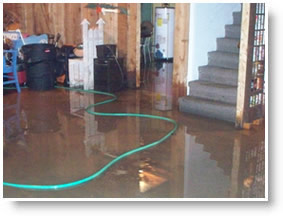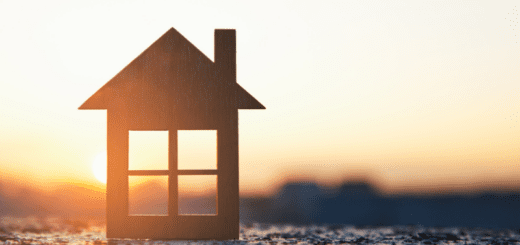Common Myths About Mold
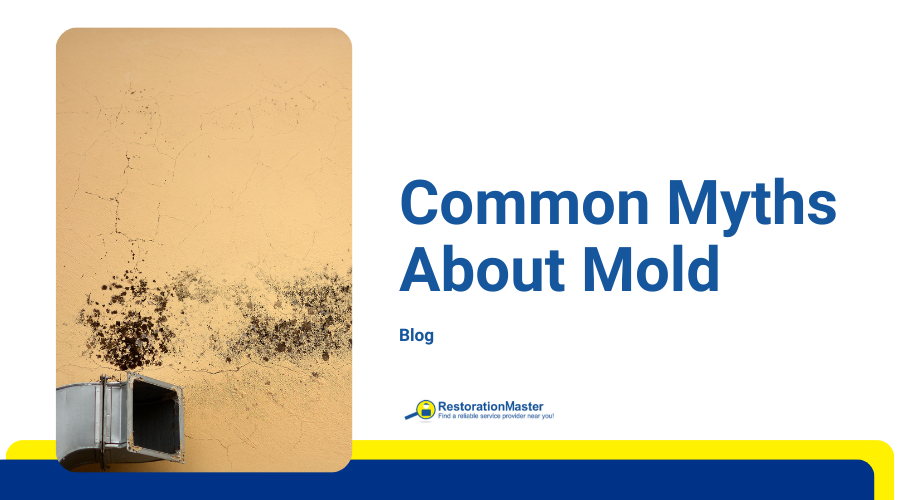
MoldMold is a type of fungus that grows in damp or humid conditi... More is an unwelcome guest in any home or workspace, and when it rears its ugly head, it can trigger a wave of anxiety. But alongside this natural concern lies a swirl of misinformation that can exacerbate the situation. Many people hold onto myths about moldMold is a type of fungus that grows in damp or humid conditi... More that can leadLead is a heavy metal that can be toxic to humans, especiall... More to unnecessary worry or ineffective responses.
In this article, we will unravel some of the most common myths about moldMold is a type of fungus that grows in damp or humid conditi... More, providing clarity on what you really need to know. By debunking these misconceptions, we aim to empower you to tackle moldMold is a type of fungus that grows in damp or humid conditi... More issues with confidence and knowledge. Let’s dive into the truth behind these moldMold is a type of fungus that grows in damp or humid conditi... More myths and discover how to protect your indoor environment effectively.
Myths About Mold
There are many common misconceptions about moldMold is a type of fungus that grows in damp or humid conditi... More, and these falsities can be dangerous. If you do not have accurate information about moldMold is a type of fungus that grows in damp or humid conditi... More, then you may put yourself and others at risk of the potential problems the fungus can cause.
Knowing this, it is important to distinguish what information concerning moldMold is a type of fungus that grows in damp or humid conditi... More is true and what information is false.
Continue reading to learn about moldMold is a type of fungus that grows in damp or humid conditi... More myths and the real truth about moldMold is a type of fungus that grows in damp or humid conditi... More and mold remediation.
Myth: All mold species are harmful.
There are thousands of different moldMold is a type of fungus that grows in damp or humid conditi... More species that exist, but not every one of them is dangerous. Generally speaking, moldMold is a type of fungus that grows in damp or humid conditi... More has a bad connotation, because the molds that people are most familiar with are harmful. This includes moldMold is a type of fungus that grows in damp or humid conditi... More that grows on foods and in your home. But there are good molds as well. For example, the antibiotic Penicillin is made using the Penicillium moldMold is a type of fungus that grows in damp or humid conditi... More, and cheese is made using the Aspergillus flavus moldMold is a type of fungus that grows in damp or humid conditi... More.
MoldMold is a type of fungus that grows in damp or humid conditi... More sporesSpores are microscopic reproductive units of fungi or mold t... More are naturally present in the air, both in your home and outside. So, people are exposed to moldMold is a type of fungus that grows in damp or humid conditi... More on a daily basis.
The problem with moldMold is a type of fungus that grows in damp or humid conditi... More is that the harmful species are the ones that often grow in your property. These molds can be toxic. People exposed to the fungus may suffer from allergies as a result. With prolonged exposure to moldMold is a type of fungus that grows in damp or humid conditi... More, people can also suffer more serious health problems.
Myth: Mold should not be present in your property.
As aforementioned, moldMold is a type of fungus that grows in damp or humid conditi... More sporesSpores are microscopic reproductive units of fungi or mold t... More are an innate part of the environment. We are exposed to molds every day. It is neither possible nor necessary to remove all moldMold is a type of fungus that grows in damp or humid conditi... More sporesSpores are microscopic reproductive units of fungi or mold t... More from your property.
Mold removal is only necessary when the sporesSpores are microscopic reproductive units of fungi or mold t... More have grown into a colony. This is when the fungus can be hazardous.
Myth: Small amounts of mold are not problematic.
While large moldMold is a type of fungus that grows in damp or humid conditi... More colonies are a concern, this does not mean small amounts of moldMold is a type of fungus that grows in damp or humid conditi... More growth are harmless. They are simply more manageable. Even a small amount of moldMold is a type of fungus that grows in damp or humid conditi... More can create a significant problem. The colony will start small, then continue to grow and spread to new areas as long as it has the required food and moisture sources.
Some small cases of moldMold is a type of fungus that grows in damp or humid conditi... More are not actually minimal. The minimal amount you see could just be the only visible moldMold is a type of fungus that grows in damp or humid conditi... More. More moldMold is a type of fungus that grows in damp or humid conditi... More might be concealed behind wallpaper, or behind walls. Therefore, it is important to always treat such moldMold is a type of fungus that grows in damp or humid conditi... More growth as a harmful problem.
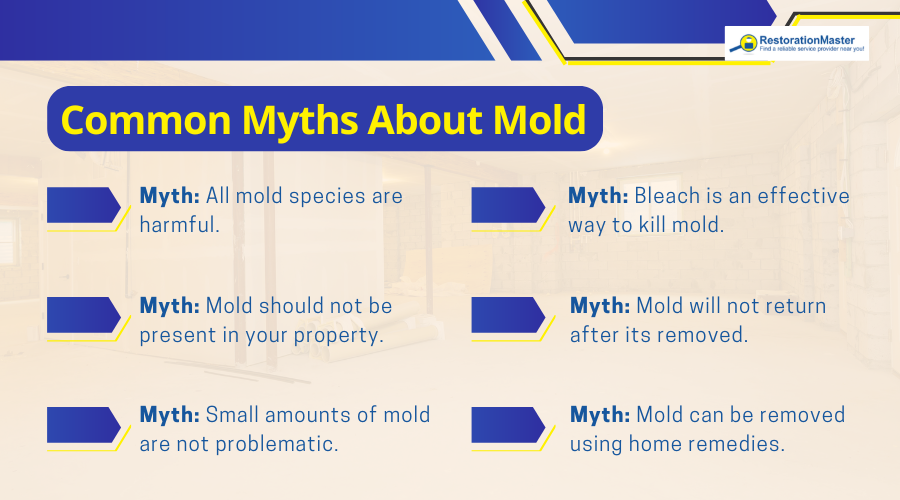
Myth: Bleach is an effective way to kill mold.
Bleach can be effective for killing many types of moldMold is a type of fungus that grows in damp or humid conditi... More, but it is not necessarily capable of killing all kinds of moldMold is a type of fungus that grows in damp or humid conditi... More. Bleach can only kill specific molds that have grown on nonporous surfaces. It is unknown whether bleach is effective on porousPorous describes a material that contains small openings or ... More surfaces, such as drywall or wood. Knowing this, do not expect bleach to work every time.
Myth: Mold will not return after its removed.
MoldMold is a type of fungus that grows in damp or humid conditi... More removal is important for preventing it from spreading further, damaging property, and causing health issues. But the mere removal of moldMold is a type of fungus that grows in damp or humid conditi... More does not guarantee that it will not return.
The key to preventing moldMold is a type of fungus that grows in damp or humid conditi... More growth is moisture control. If the water source that triggered the moldMold is a type of fungus that grows in damp or humid conditi... More growth is not addressed, then moldMold is a type of fungus that grows in damp or humid conditi... More will return and grow again. With that said, you must fix the moisture issue if you wish to lessen the chances of moldMold is a type of fungus that grows in damp or humid conditi... More returning.
You can also use mold-resistant products in your home, such as paint, to prevent moldMold is a type of fungus that grows in damp or humid conditi... More from growing. However, because moldMold is a type of fungus that grows in damp or humid conditi... More sporesSpores are microscopic reproductive units of fungi or mold t... More are always present, there is always some chance that the fungus will still grow.
Myth: Mold can be removed using home remedies.
This is not a complete moldMold is a type of fungus that grows in damp or humid conditi... More myth. In some cases, it is fine to remove the moldMold is a type of fungus that grows in damp or humid conditi... More yourself using home remedies. The problem with this route is that moldMold is a type of fungus that grows in damp or humid conditi... More needs to be removed properly. Molds can become irritated and worsen if incorrect methods are used. Also, the visible moldMold is a type of fungus that grows in damp or humid conditi... More may only be part of the problem.
It is for this reason that do-it-yourself solutions are not always the best route to take for moldMold is a type of fungus that grows in damp or humid conditi... More removal.
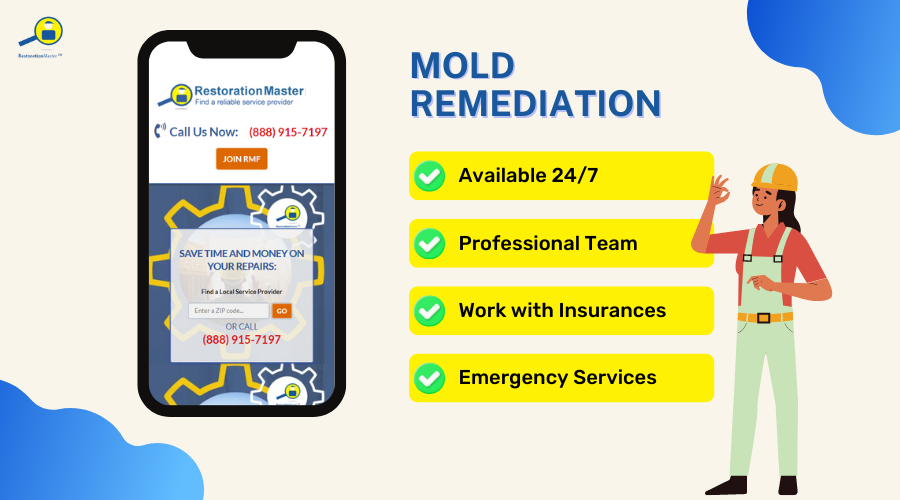
Professional Mold Remediation Services
With these moldMold is a type of fungus that grows in damp or humid conditi... More myths debunked, you put yourself in a better position to deal with moldMold is a type of fungus that grows in damp or humid conditi... More growth correctly and safely. However, you should always allow professionals to help with moldMold is a type of fungus that grows in damp or humid conditi... More removal, especially since exposure to moldMold is a type of fungus that grows in damp or humid conditi... More may leadLead is a heavy metal that can be toxic to humans, especiall... More to health risks.
If you discover moldMold is a type of fungus that grows in damp or humid conditi... More growing in your home or business, then seek professional help from a mold removal and remediation service. Immediate action is necessary to prevent the moldMold is a type of fungus that grows in damp or humid conditi... More from spreading further and causing health issues.
Professional moldMold is a type of fungus that grows in damp or humid conditi... More removal and remediation technicians have the necessary training, expertise, and equipment to remove moldMold is a type of fungus that grows in damp or humid conditi... More in a safe and proper manner. They will also address the moisture source that triggered the moldMold is a type of fungus that grows in damp or humid conditi... More growth, and locate all cases of moldMold is a type of fungus that grows in damp or humid conditi... More, including concealed moldMold is a type of fungus that grows in damp or humid conditi... More growth. Knowing this, your property will be cleaned of moldMold is a type of fungus that grows in damp or humid conditi... More and safe to be in again.











